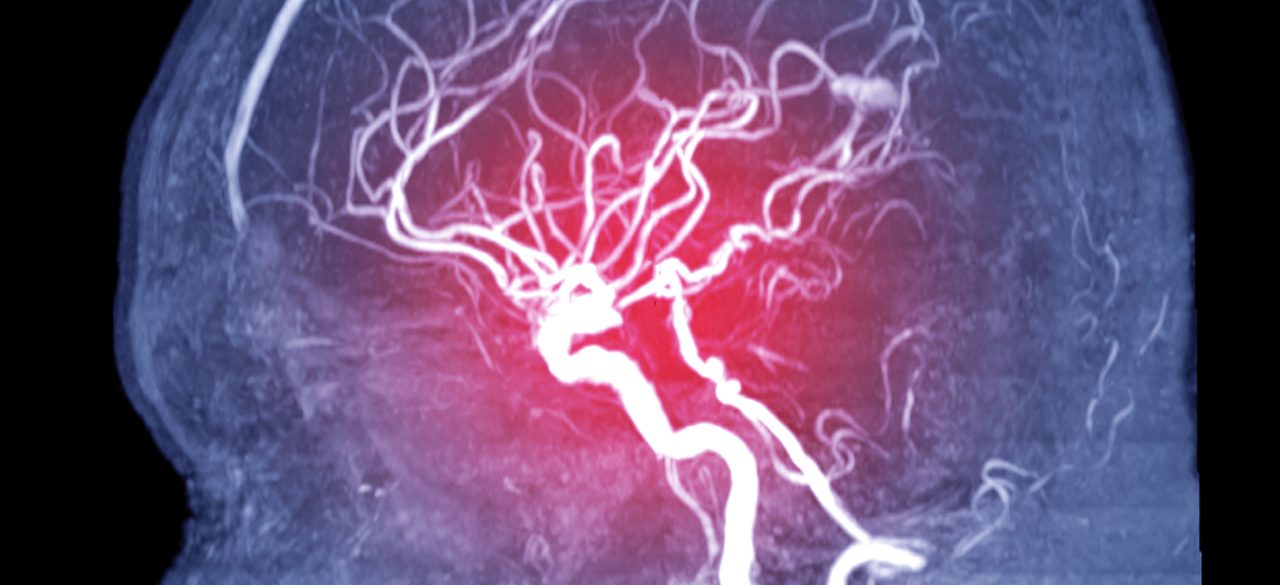What Is an Aneurysm?

When part of an artery wall weakens, it can bulge and leak blood or eventually rupture, a medical emergency called an aneurysm. Here’s what you should know.
Your arteries carry blood throughout your body. Some people are born with a weak spot in an artery wall or develop weak spots over time.
The pressure of blood passing through a weak spot can force it to widen or bulge, leading to an aneurysm. The force of blood can also split the layers of the artery wall, called a dissecting aneurysm. Your doctor can use an angiogram, CT scan, or ultrasound test to diagnose an aneurysm.
The big danger: In some cases, it will leak blood or rupture. We can’t predict in whom or when that might happen. This could cause blood clots and a stroke.
If you show symptoms of an unruptured brain aneurysm — pain behind your eye, changes in vision, or double vision — get tested immediately.
Fast treatment of a ruptured aneurysm can save your life.
YOU MIGHT ALSO LIKE: Brain Aneurysm Symptoms
What is an aneurysm?
About 7 million Americans have aneurysms. They may can occur anywhere but are most common in:
- The major artery from the heart (aortic)
- The brain (cerebral)
- Behind the knee (popliteal artery)
- In the intestine (mesenteric artery)
- In the spleen (splenic artery)
The bulge can develop over years without symptoms. High blood pressure and atherosclerosis can bring one on, or you may develop one from deep wounds and infections. If you use cocaine, smoke, or drink heavily, you are at more risk. Some people inherit a tendency to develop aneurysms.
You may need surgery to reinforce the artery wall with a stent or a coiling procedure to close off an area.
What happens when a brain aneurysm ruptures?
If you have a ruptured aneurysm in your brain, the bleeding usually lasts only a few seconds, but the blood can damage or kill surrounding cells and increase pressure inside your skull. If the blood and oxygen supply to your brain is disrupted, you could lose consciousness or die.
The first sign to you may be a sudden fierce headache.
Other risks include:
- An aneurysm that has ruptured or leaked may bleed again and damage more brain cells.
- A rupture can trigger other blood vessels to narrow erratically or vasospasm, which restricts blood flow to brain cells, an ischemic stroke.
- Sometimes bleeding in the space between the brain and surrounding tissue, called a subarachnoid hemorrhage, blocks circulation of the cerebrospinal fluid, which then puts pressure on the brain and damages tissues, a problem called hydrocephalus. The hemorrhage can in turn upset the balance of sodium in your blood. A sudden drop, hyponatremia, can make brain cells swell and result in permanent damage.
YOU MIGHT ALSO LIKE: Brain Aneurysm Causes
What are the symptoms of an unruptured aneurysm?
Most aneurysms have no symptoms until they rupture. But you may experience pain in advance.
For example, an abdominal aneurysm may cause pain in your abdomen or lower back, extending into your groin and legs. You may see or feel a throbbing lump. Weight loss or poor appetite or other signs.
A pain in your chest, hoarseness, persistent coughing, and difficulty swallowing may indicate a weakness in the upper aorta, one of your main blood vessels.
A throbbing sensation or lump directly behind your knee may be caused by a popliteal aneurysm.
Lower your risk of an aneurysm
Steps you can to promote healthy blood vessels include:
- Controlling high blood pressure
- Eating a healthy diet
- Exercising regularly
- Managing stress
- Quitting cigarettes
Updated:
March 29, 2023
Reviewed By:
Janet O’Dell, RN